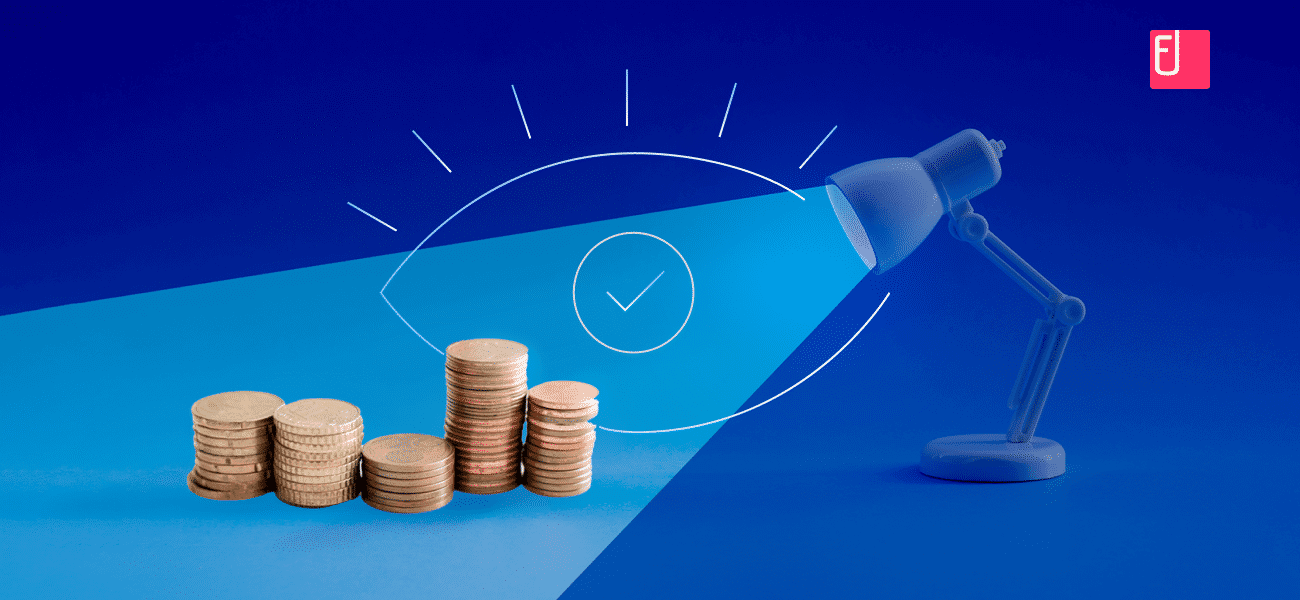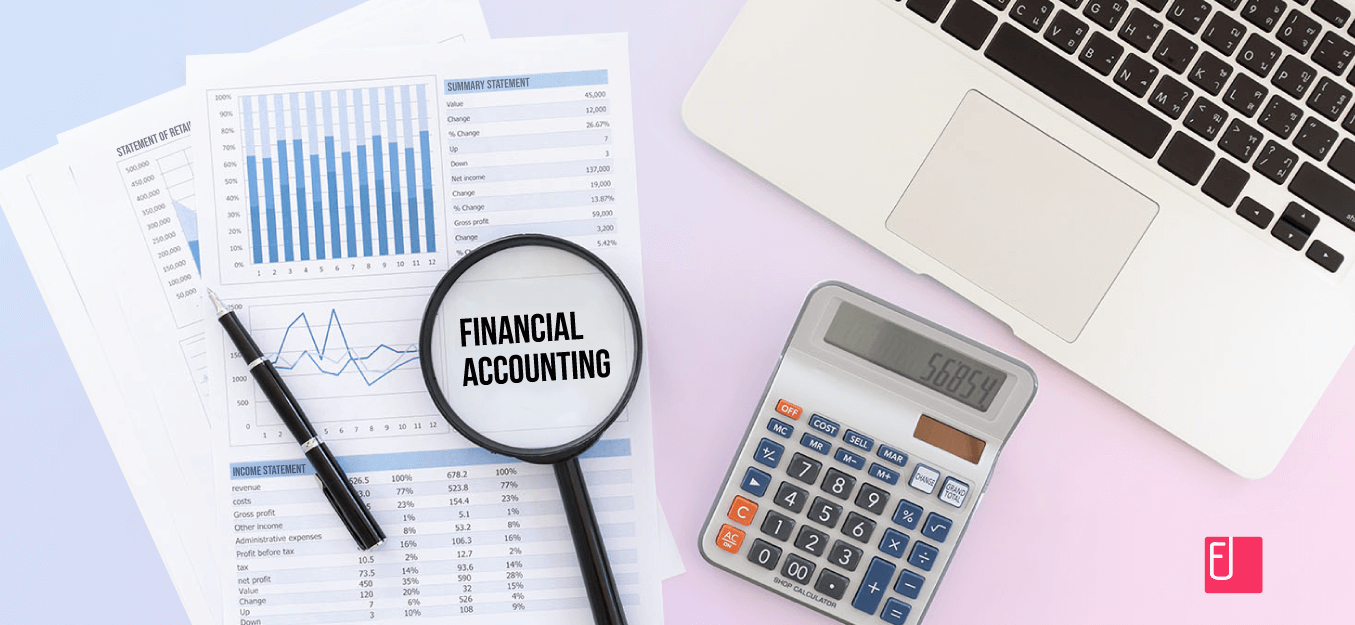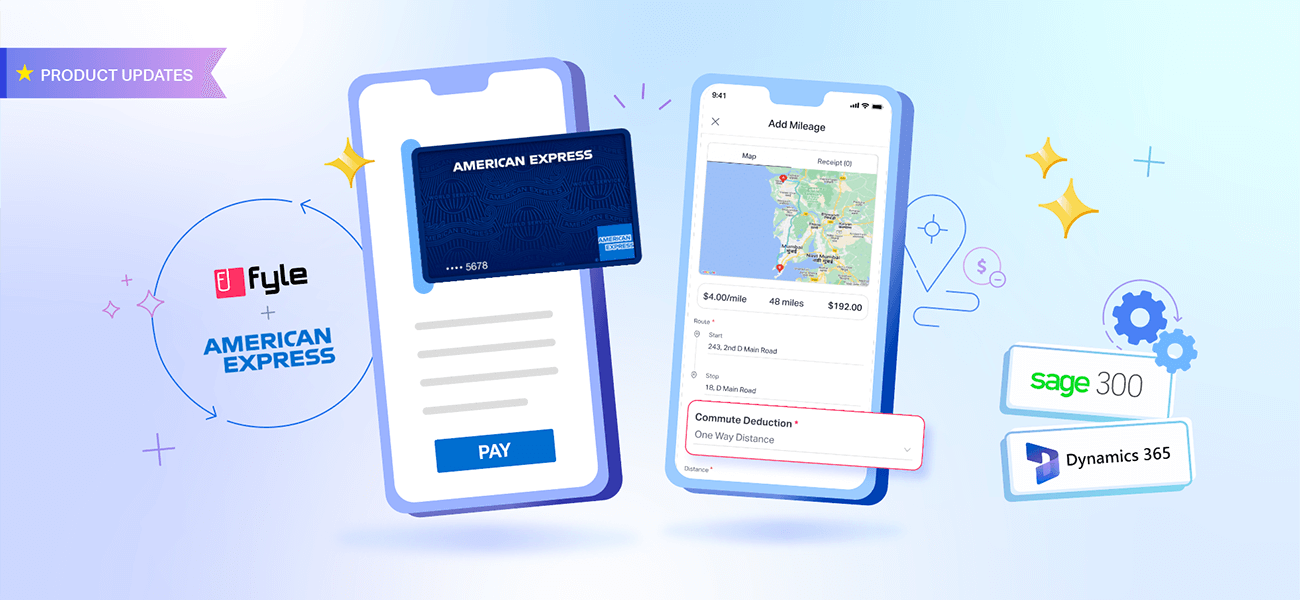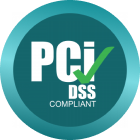Disclaimer: The content in this blog post does not constitute any legal or financial advice and is intended as educational material.
Small businesses are getting another shot to attain the SBA PPP loan if they’ve missed it in round one.
The first round of funds were exhausted in just 14 days and some SMBs were left with confusion. The second round of funding for the Paycheck Protection Program (PPP) administered by the Small Business Administration (SBA) has started and will include an additional $310 billion in funds.
In order to get the funds quickly and without a hitch, it is important to understand the loan program and how it works. Here, we will discuss the SBA PPP loan and all the details related to it.
What’s inside the SBA loan Paycheck Protection Program?
The PPP is a forgivable loan for small business owners to cover their operating expenses and to minimize lay-offs. The forgivable nature of the PPP, in effect, turns them into business grants, meaning the debt burden will be reduced on the borrower. The Paycheck Protection Program will be available up to June 30, 2020.
The borrower can use 75% of the forgivable amount to cover eight weeks of payroll costs. The payroll costs include wages, salary, commissions or tips, employee benefits (e.g., sick leave, family, vacation, etc.) separation or dismissal allowance, healthcare and retirement benefit, and other expenses. Apart from payroll costs, the proceeds from the loan can be used for interest on mortgage obligations, rent, and utilities.
Note:
- Under the loan, the payroll costs are capped at $100,000 for each employee on an annualized basis.
- Small businesses won’t be charged any fees by both the lenders and the government.
Eligibility for PPP loan
The program is designed for businesses with 500 or fewer employees. If a business has more than 500 employees, to be applicable, they have to meet the SBA size standard for that industry.
In addition to the number of employees, the businesses have to prove that the Coronavirus crises has negatively impacted their business. This can be done, in part, by certifying in the application that the present economic uncertainty makes the loan necessary.
The eligibility is broken further to include:
- Non-profits
- Tribal businesses
- Veteran organizations
- Sole proprietorships
- Independent contractors, and
- Self-employed persons
How to apply for PPP?
To apply, small business owners will need to fill the PPP application form and submit payroll documentation to a lender. The documentation provided should prove that the business was operational as of February 15, 2020, and had employees.
For sole proprietorship, independent contractors and self-employed persons, the only stipulation is that they have to show that their business was operational as of February 15, 2020.
The application can be submitted through SBA approved lenders or through any federally insured depository institution, credit union, or Farm Credit System Institution. Other regulated lenders will be available to accept the loans once they are approved and enrolled in the program. Some of the active SBA lenders are:
- Wells Fargo Bank,
- The Huntington National Bank
- TD Bank
- American Business bank
- Citigroup Bank
- Union Bank
- Navy Federal Credit Union
- JPMorgan Chase Bank
- U.S. Bank
If you have trouble finding a lender, use the SBA lender search tool available here.
Borrowers can also consider FinTechs like Lendio, FIS, Biz2credit, and Fiserv that are collaborating with SMBs and banks to smoothen the lending process. They can help digitize applications, streamline data collecting processes, and support underwriting.
How does the PPP loan forgiveness work?
The PPP loan is 100% forgivable if the guidelines for forgiveness are met. After receiving the loan for eight weeks of employment, the loan amount has to be used for payroll costs, mortgage interest, rent, and utility payments.
The borrower will owe money if:
- More than 25% of the loan is used for non- payroll costs.
- There is a decrease in employee headcount.
- He/she reduces the salaries and wages by more than 25% for an employee that made less than $100,000 annualized in 2019.
All or part of the loan can be forgiven if the borrower:
- Maintains the salary level of employees.
- Restore full-time employment for any changes made between February 15, 2020, to April 26, 2020.
The employer has until June 30, 2020, to rehire employees or re-establish any changes made in an employee’s salary.
Loan forgiveness requests can be submitted to the lender after the loan has been received. The submitted request has to include documents verifying the number of :
- Full-time employees
- Payroll
- Payment on the eligible mortgage, lease, and utility obligations.
The lender has 60 days to reply to the request. Following the receipt of the credit, forgiveness of the loan will also not happen until the end of eight weeks.
PPP vs EIDL: What’s the difference?
PPP and EIDL are programs designed to help SMBs impacted by the Coronavirus crises but have slightly different goals.
The EIDL is an existing program that has been beefed up. The EIDL program is designed to help small businesses that are experiencing loss of revenue due to disasters (in this case, the Coronavirus crises). The EIDL program includes a $10,000 advance, which does not have to be repaid.
Pro-tip:
- Both the loan programs are on a “first-come, first-served” basis.
- Prepayment is allowed on both the loan program.
Can business owners apply for both PPP and EIDL?
Yes, SMBs can apply for both programs! Though, the rule is that the borrower can’t use both the loans for the same purpose. For example, if the PPP loan amount is being used for payroll, the EIDL loan cannot be used to cover payroll as well.
In conclusion
The impact of the Coronavirus on small businesses has been staggering and programs such as PPP and EIDL are much-needed lifelines. For small business owners, getting emergency funding at this stressful time can be a relief. They can keep their business running while taking care of their employees.
With Congress passing the second round of funding, SMBs are advised to reach out to lenders and start their application. This is because the second round of funding might get exhausted quicker than the first. For additional guidance or questions related to the PPP loan application, SBA has issued a form of updated FAQs.
The global pandemic has been hard on small businesses. That is why, at Fyle, we are doing our bit to help by making the first ten active users free in our standard plan. If you’d like to know more, check out our Business Continuity Plan.











